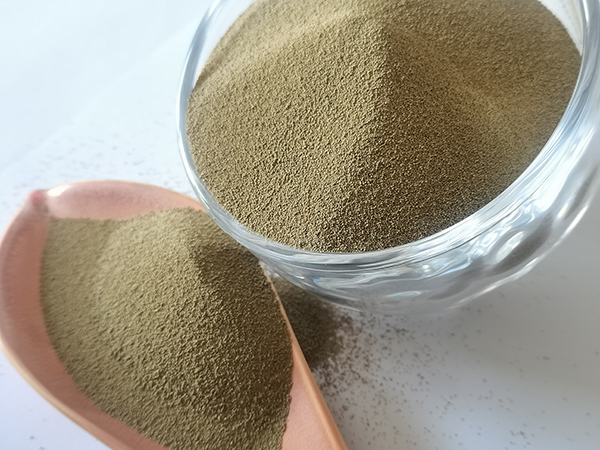Can I Sand Resin? A Comprehensive Guide
Working with resin is a popular hobby among crafters and artists alike. Whether you’re creating jewelry, decorative pieces, or functional items, resin can be a versatile medium. However, as with any craft, questions about the process often arise. One common question is, “Can I sand resin?” The answer is yes, but there are intricacies involved that can make or break your project.
Resin can be sanded, but it’s essential to understand the reasons and suitable techniques for doing so. Typically, sanding is done to smooth out imperfections, remove glossy surfaces, or prepare a piece for further finishing, such as painting or applying a topcoat. Here’s a detailed look at the sanding process for resin.
When to Sand
You should consider sanding your resin project if you notice bubbles, uneven surfaces, or if you want to achieve a matte finish. Bubbles often result from air being trapped during the mixing or pouring process. An uneven surface may occur if the resin were not poured smoothly or if it has cured improperly. By sanding these imperfections, you can enhance the overall appearance of your work.
Tools and Materials
To sand resin effectively, you'll need specific tools to ensure a smooth finish. Start with a selection of sanding blocks or sheets, ranging from coarse (60-100 grit) to fine (400-2000 grit). Coarse grit is ideal for aggressive sanding, while fine grit will help achieve a polished look. It’s also a good idea to have water or a spray bottle on hand, as wet sanding can minimize dust and improve results.
The Sanding Process
can i sand resin

1. Preparation Make sure your workspace is clean and well-ventilated. Wear a mask to avoid inhaling dust particles and protective goggles to shield your eyes.
2. Sanding Technique Begin with coarse grit sandpaper to tackle major imperfections. Sand in a circular motion, applying gentle pressure only as necessary. Once you’ve achieved a smoother surface, switch to finer grit paper to refine the finish.
3. Wet Sanding To reduce dust and prevent the resin from overheating, wet sanding is particularly effective. Simply wet the surface or use a damp sponge while sanding. This technique not only controls dust but also helps achieve a glossy finish.
4. Cleaning After sanding, wipe the surface with a damp cloth to remove any dust or debris. This step is crucial, especially if you intend to apply further finishes, such as a sealant or paint.
Finishing Touches
After sanding, your resin piece may need additional treatments, like polishing or sealing, to enhance its durability and appearance. Polishing compounds can bring back a shine to the surface, while sealing products can protect it from UV damage or scratching.
Conclusion
Sanding resin can significantly improve your finished projects, giving them a professional look and feel. By following the right techniques and using the appropriate tools, you can easily navigate the sanding process. Remember to take your time and enjoy the craft, as patience is key to achieving beautiful results in resin art!
Post time:Там . 30, 2024 20:16
Next:3d printing sanding
